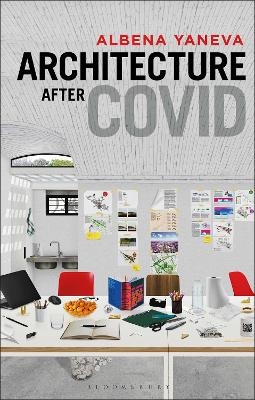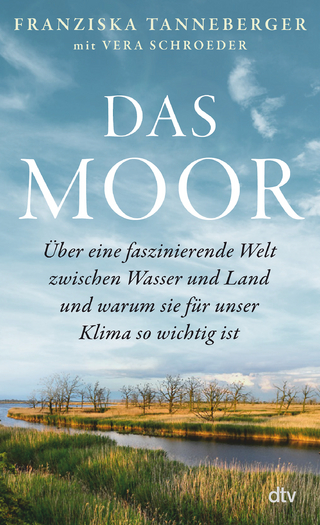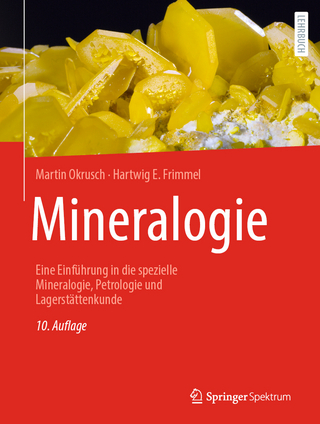
Architecture after Covid
Bloomsbury Visual Arts (Verlag)
978-1-350-27106-7 (ISBN)
Architecture after COVID is the first book to explore the pandemic’s transformative impacts upon the architectural profession. It raises new questions about the intertwined natures of architectural production, science, society, and spatial practice – questions which had lain latent in the profession for years, but which the COVID pandemic brought to the fore.
The book explores how the pandemic modified the spatial conventions of everyday life in the city, and looks in detail at how it has transformed building typologies. It also shows how the continuing risk of pandemics leads us to rethink the social dimension of architecture and urban design; and ultimately proposes a radical re-evaluation of the conditions of architectural practice – making a compelling argument about the changing agency of architectural design and the importance of designers in re-ordering the post-pandemic world.
Packed with interviews and case-studies from a wide range of contemporary design practices, Architecture after COVID will inspire debates among architectural practitioners and theorists alike. The broad view of the approach and the depth of the professional issues at stake mean that this book will offer key insights for the discipline long beyond the scope of the COVID pandemic – as it explores the long-lasting bond between city, science and society as the ‘new normal’ begins to emerge.
Albena Yaneva is Professor of Architectural Theory at the University of Manchester, UK. She is the author of several books, including: The Making of a Building, Made by the OMA, Mapping Controversies in Architecture, Five Ways to Make Architecture Political, and Bruno Latour for Architects.
List of Figures
Acknowledgements
Introduction
The return of Dr Rieux
Responses to the pandemic
‘Distant’ as a new form of knowledge
Architecture after Covid
Chapter 1: A ‘parasite’ in the city
Occupying space
Architecture and illness
Virus, lab, city
The laboratorization of space
Chapter 2: The laboratorization of urban space
Deserted cities, empty buildings
Counting bodies
Spacing, distancing
Contactless lives
Sanitizing, face covering
The new ‘modulor’
Pandemic pictograms
De-centring the disease
The power of entrapment
Urban metamorphosis: the new technologies of containment and visibility
Chapter 3: Pandemic variations of design practice
Routines: the ‘magic’ of the office space
Slowing down: the return to the verbal, the written and the sketch
Stepping aside and speeding up: technological developments
New compositions: re-connecting with the ‘others’
New variants of practice
Conclusion: Architectural research extended to things
Historicity and virus
New reflexivity, new methods
Bibliography
Index
| Erscheinungsdatum | 16.01.2023 |
|---|---|
| Zusatzinfo | 37 bw illus |
| Verlagsort | London |
| Sprache | englisch |
| Maße | 138 x 216 mm |
| Themenwelt | Naturwissenschaften ► Geowissenschaften ► Geografie / Kartografie |
| Technik ► Architektur | |
| ISBN-10 | 1-350-27106-3 / 1350271063 |
| ISBN-13 | 978-1-350-27106-7 / 9781350271067 |
| Zustand | Neuware |
| Informationen gemäß Produktsicherheitsverordnung (GPSR) | |
| Haben Sie eine Frage zum Produkt? |
aus dem Bereich


